"MAIHDA is especially valuable when inequalities are subtle or data for marginalised intersections are sparse - conditions common in practice"
journals.sagepub.com/doi/10.1177/...
@clarerevans.bsky.social
"MAIHDA is especially valuable when inequalities are subtle or data for marginalised intersections are sparse - conditions common in practice"
journals.sagepub.com/doi/10.1177/...
@clarerevans.bsky.social
How does intersectional identity impact preference for in-person vs online GP appoinments?
Has been great working with @healthfoundation.bsky.social colleagues on this :)
How does intersectional identity impact preference for in-person vs online GP appoinments?
Has been great working with @healthfoundation.bsky.social colleagues on this :)
journals.sagepub.com/doi/10.1177/...
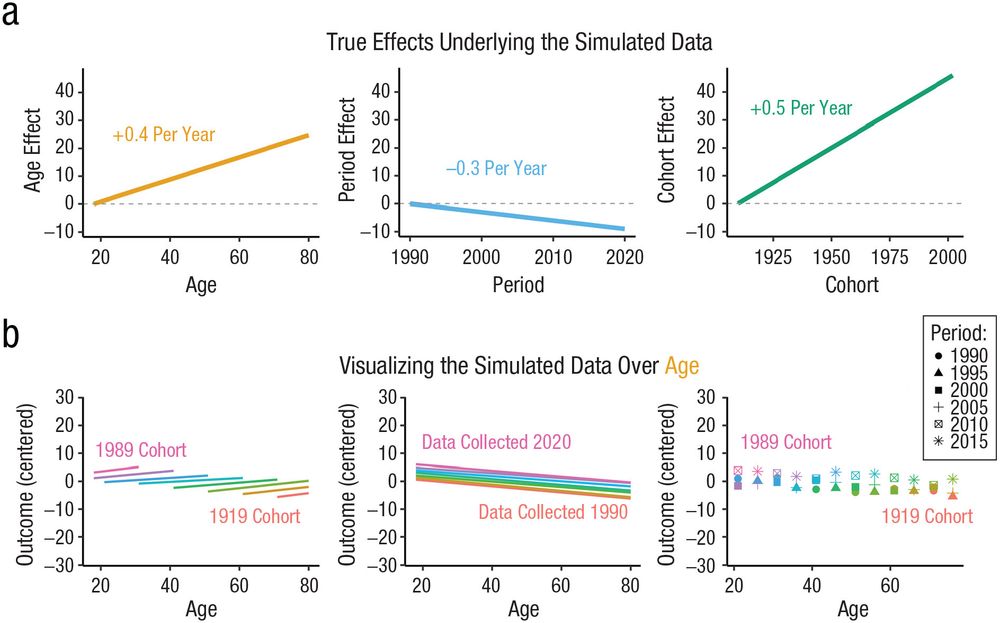


journals.sagepub.com/doi/10.1177/...
This free event will explore the process of turning early-stage ideas into #research projects.
#RMR2025 takes place online on 10 September and 29 October 2025.
Apply: www.ncrm.ac.uk/training/RMR...
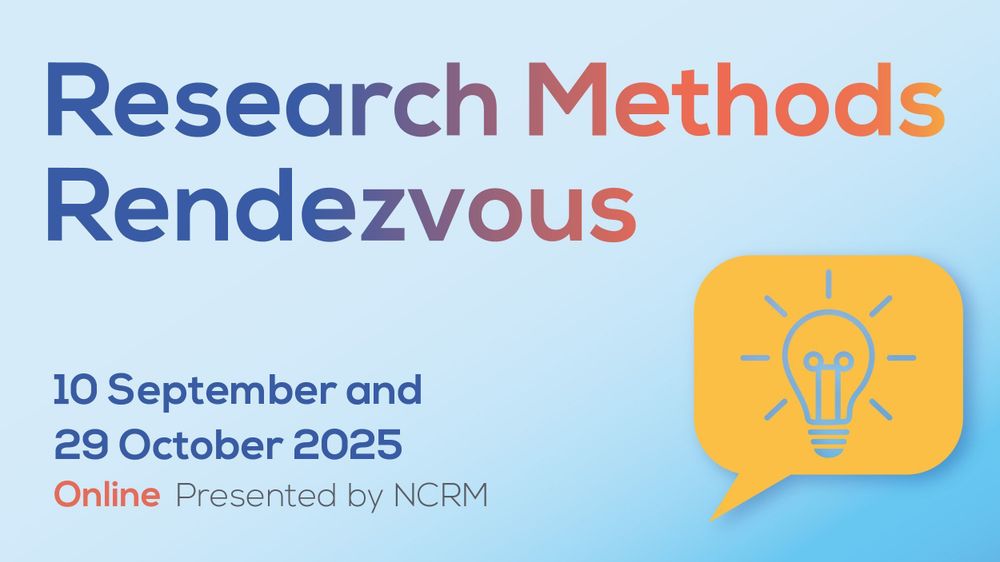
This free event will explore the process of turning early-stage ideas into #research projects.
#RMR2025 takes place online on 10 September and 29 October 2025.
Apply: www.ncrm.ac.uk/training/RMR...
I arrived at the conclusion that (1) there's a lot of interesting stuff about interactions and (2) the figure I was looking for does not exist.
So, I made it myself! Here's a simple illustration of how to control for confounding in interactions:>

I arrived at the conclusion that (1) there's a lot of interesting stuff about interactions and (2) the figure I was looking for does not exist.
So, I made it myself! Here's a simple illustration of how to control for confounding in interactions:>
Tonight Robert Peston and Anushka Asthana will be joined by:
🌹 Gordon Brown
🇪🇺 Pedro Serrano
💼 Sir Charlie Mayfield
🏴 Stephen Flynn
🔵 Gillian Keegan
#Peston
youtube.com/live/_sOdZhH...

People worry about collinearity (cf blog post below).
Consider a scenario in which the collinear predictors are just controls to account for confounding.
Including both of them doesn't impair the precision with which the effect of interest is estimated, does it?
People worry about collinearity (cf blog post below).
Consider a scenario in which the collinear predictors are just controls to account for confounding.
Including both of them doesn't impair the precision with which the effect of interest is estimated, does it?
Curious about multilevel modelling but not sure where to start?
Learn to recognise, build & interpret multilevel models using MLwiN or R, through real-world examples & hands-on practice.
Find out more: bit.ly/3Yj5I4f
#ESS2025

Curious about multilevel modelling but not sure where to start?
Learn to recognise, build & interpret multilevel models using MLwiN or R, through real-world examples & hands-on practice.
Find out more: bit.ly/3Yj5I4f
#ESS2025

In 2013, I was a student in a social epidemiology class taught by the esteemed David Williams. He observed, with some frustration while we looked at a series of graphs, that we often lump people into the “Hispanic” category — 1/
@cuny.edu @cunysph.bsky.social
#Hispanic #PublicHealth #EpiSky #MAIHDA #SocialEpi
sph.cuny.edu/life-at-sph/...
In 2013, I was a student in a social epidemiology class taught by the esteemed David Williams. He observed, with some frustration while we looked at a series of graphs, that we often lump people into the “Hispanic” category — 1/
www.ncrm.ac.uk/resources/on...
It's based on our tutorial paper in SSM Pop Health, but shorter and more interactive.
Hope it's helpful! @ncrm.ac.uk
www.ncrm.ac.uk/resources/on...
It's based on our tutorial paper in SSM Pop Health, but shorter and more interactive.
Hope it's helpful! @ncrm.ac.uk
www.sciencedirect.com/science/arti...

www.sciencedirect.com/science/arti...

The age-period-cohort problem is something that many researchers are vaguely aware of. There have been very cool advances in how to reason about it which don't seem to be well-known in psych. So, I've written a primer!
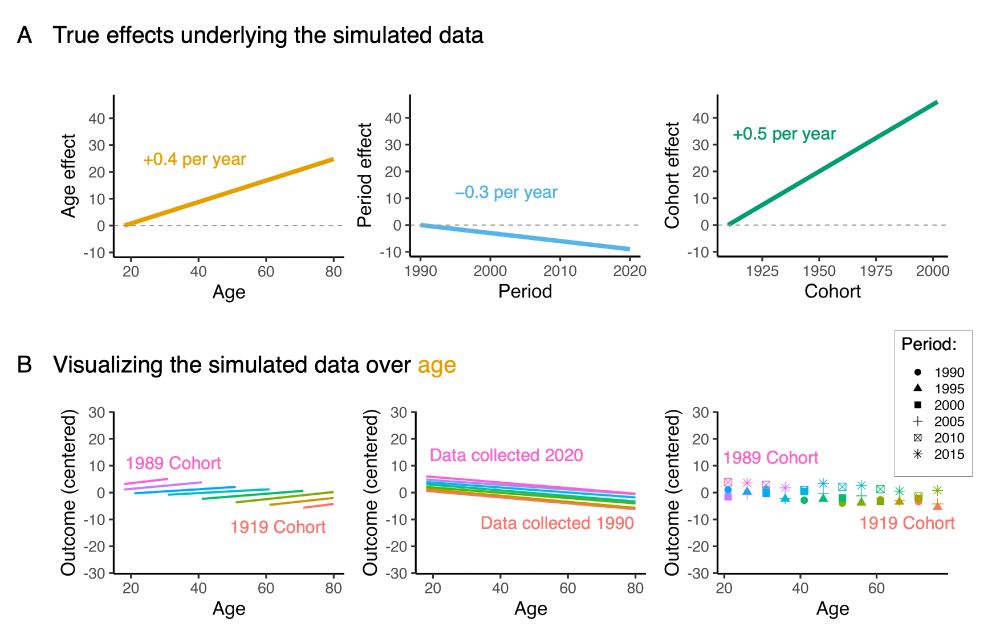
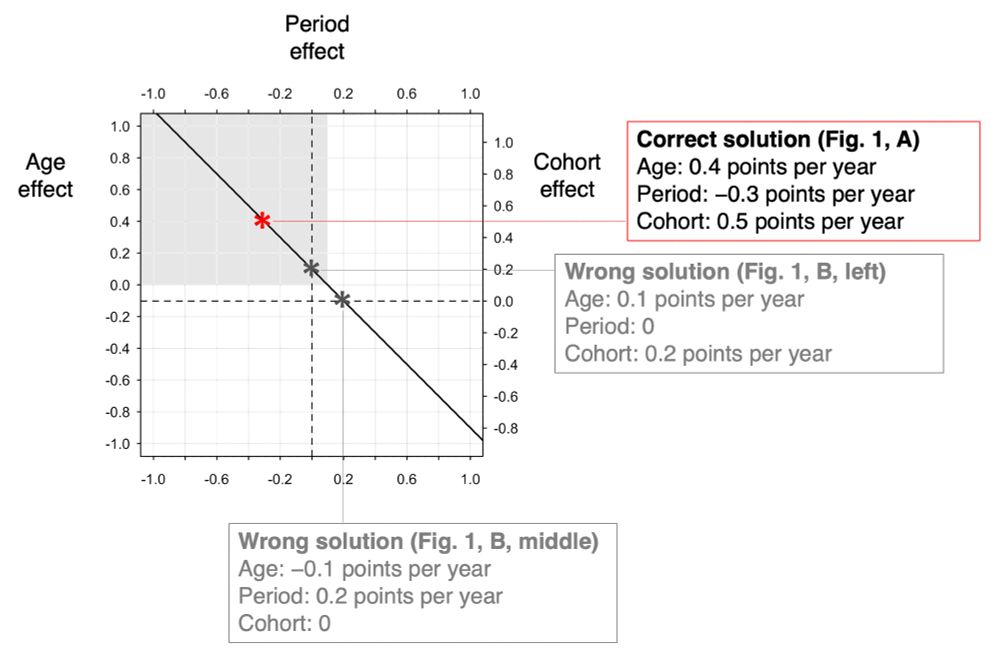
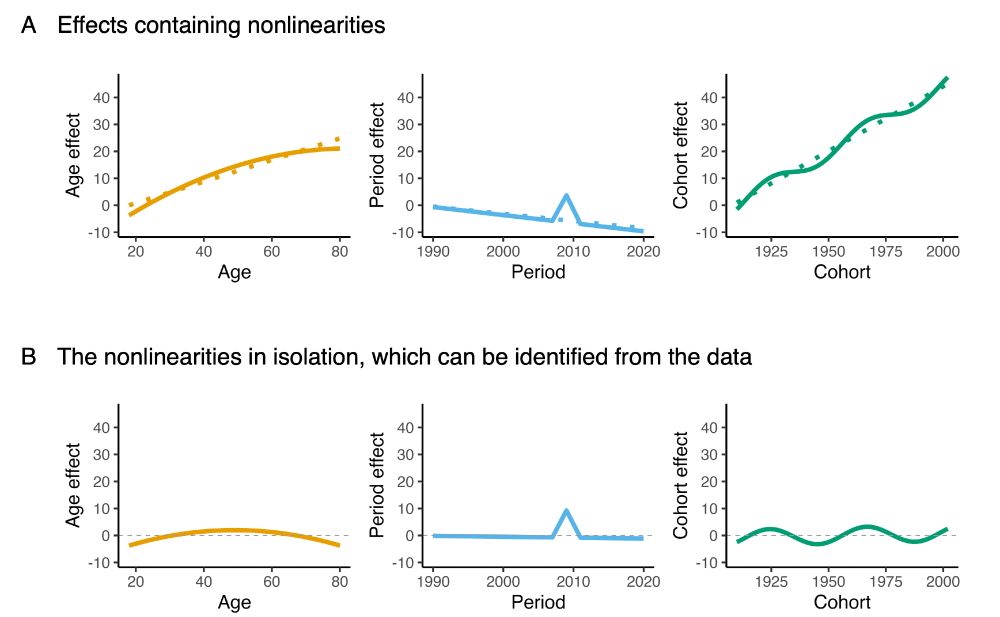

The age-period-cohort problem is something that many researchers are vaguely aware of. There have been very cool advances in how to reason about it which don't seem to be well-known in psych. So, I've written a primer!
Same underlying data but depending on how you connect the lines, the implied age effect looks completely different.

Same underlying data but depending on how you connect the lines, the implied age effect looks completely different.

